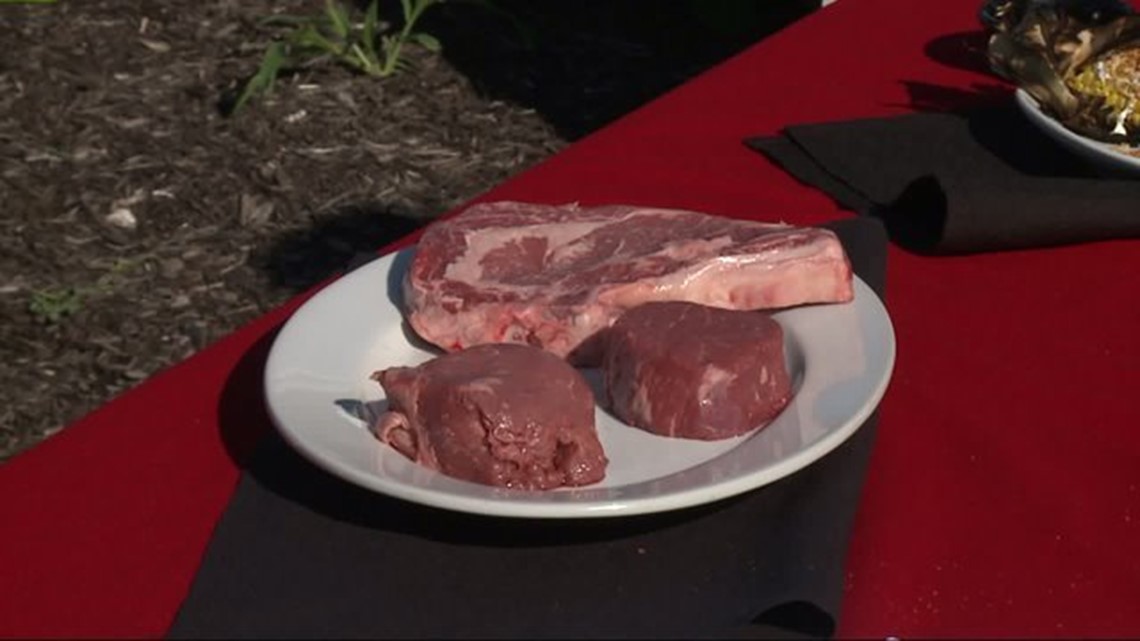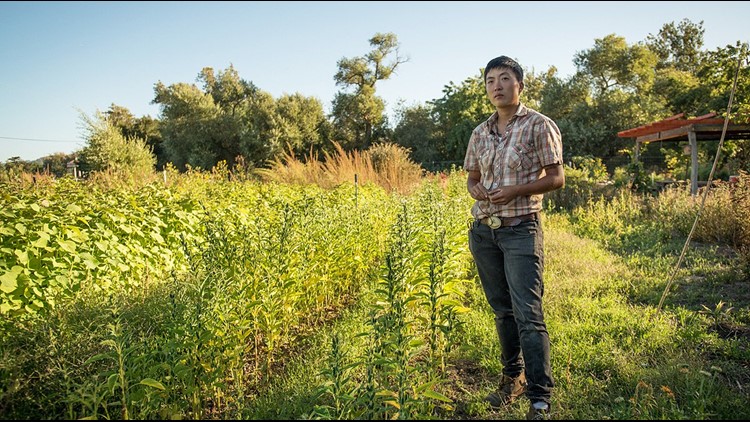

In recent years, a global network of alternative farms have pushed the edges of Western society’s “natural food” obsession by incorporating elements of environmental justice, climate activism, and urban planning. Many of the new agricultural innovations have proliferated outside of the gigantic cornfields of Big Ag in breadbaskets like Iowa, and instead focus on revamping indigenous practices with new technologies.


They include the creation of seedbanks to help hedge against the spread of habitat destruction and impoverished sharecropping communities reclaiming land from corporate control to provide living-wage jobs in farm cooperatives and a more diverse, healthier vegetable selection than the dominant monocultures crowding the cereal aisle. Some food activist ventures, such as La Finca del Sur, a Bronx-based cooperative led by black and Latina women, are experimenting with braiding small farms into the built-city environment, fostering low-carbon, community-oriented food production. Such projects are just starting to grow, but they serve as mini-petri dishes for potential remedies to the environmental harms associated with cities.
It’s often a fine line for young farmers to walk: they have to avoid coming off as a hipster vanity peasants and focus instead on collaborating with local communities and providing long-term reinvestment in sustainable farming operations. As more communities of color reinvigorate traditional food practices, however, these eco-farming projects are democratizing in both their practice and their product.
On Namu Farm, for instance — a specialty farm in the Bay Area’s backyard — next-generation farmers sow the seeds of a movement that questions food industry convention and, on a personal and global level, re-cultivates ecological memory.
Founder Kristyn Leach’s distinguishes her enterprise with a method known as natural farming, based on ancient Korean peasant farming practices. Her interest in the practice began from an outsider’s perspective. She came to the U.S. from South Korea as part of a wave of 1980s adoptees (or, as some call it, forced migration) and grew up eating drab Anglo-American fare with a Long Island family. Her young adult activism in the Northwest got its start in the politics of food and food production but evolved into a personal connection to a culture from which she had been separated a generation earlier.
As a Korean returnee, Leach strives to rediscover an estranged ancestral culture while exploring and expanding social visions for a progressive younger diaspora. For a culturally hybrid generation, Leach says, “there’s a sense of wanting to return to…tradition or studying history, just because people are processing all the different ways of living in diaspora, being assimilated as young people.” She sees herself in contrast to Koreans on the mainland who “don’t have to question what makes them Korean, they don’t have to feel this existential burden that I think that someone like me has probably held for most of my life.” Therefore, she says, she’s more deliberate about “learning tradition and keeping alive this dialogue about what it means for everyone to have that as part of their identity.”
Leach’s visceral link to the diaspora places her and other second-generation immigrant farmers within a rising worldwide permaculture movement on the radical edge of the ecological farming.
Her tiny farming venture operates on a parcel of publicly sponsored urban farmland in Alameda County utilizing open-pollinated seed varieties sourced from Korea and a “no till” method: Instead of artificial inputs, farmers use composted vestigial plant matter for nutrient-rich top soil, along with “naturally occurring soil microorganisms” or homegrown fungi in order to avoid using pesticides and artificial fertilizers. The method is employed in other experimental ventures across South Korea and Hawaii, where many farmers have applied similar natural principles to both plant and animal cultivation, forgoing formal waste disposal and using natural feed to create a self-contained, biodynamic system.
Leach recently returned to South Korea to visit natural farming communities in their original habitats. Their traditions are preserved by food activists like the Korean Women’s Peasant Association, which advocates for indigenous farming and artisanal food production based on a philosophy of “food sovereignty.” While preserving traditional foodways, such as home-based soybean processing, the movement also leads a localized resistance to “free trade” and industrial agriculture, which are associated with the disappearance of small farming communities across the Global South.
Still, natural farming struggles to survive on the globalizing and urbanizing South Korean landscape, while Namu Farm, which derives its name from the Korean word for “tree” or “wood,” stewards a parallel frontline of green resistance on its acre of land in the heart of Silicon Valley. The farm doesn’t produce for a mass market: Its income comes primarily from a direct contract to supply the foodie clientele at Namu Gaji, an avant-garde Korean American restaurant in San Francisco, run by second-generation chefs.


Namu Farm isn’t seeking to “feed the world,” not with its ethnic peculiarities and micro-scale. The technique’s primary purpose is not to replace industrial agriculture, but to open cultural and political dialogues on more balanced farming methods. The role it plays in the local food landscape may be more akin to that of university agricultural extensions during the Great Depression—which opened research hubs to experiment with new techniques for improving farmers’ livelihoods by making crops more productive. This time around, the agenda is not to optimize yields but to expand the political and economic philosophy of farming in general.
Leach herself isn’t interested in expanding, “Even if I employed more people,” she said, “a certain amount of it I would lose the quality and the spirit of what makes it really worthwhile for me.” That’s not to suggest that Leach doesn’t seem the potential for broader impacts: for instance, she said, if similar ventures collaborated to “form some sort of loose cooperative or collective of farms.” But as the ecological farm movement grows, “I like the ways that even the things that are limitations” she said, “make you start from scratch and think about designing a system that…suits the type of integrity you want.”


The farm is additionally committed to replenishing the surrounding social landscape as much as the physical one: In addition to supplying Namu Gaji, the farm supplies fresh produce to grassroots community aid groups. It also recently participated in a revival of the Black Panther Party’s neighborhood free breakfast program, and as a community space, hosted a traditional drumming ceremony for the Chuseok mid-autumn harvest festival (a traditional Pan-Asian celebration of the season akin to Thanksgiving). Fostering this three-way reciprocity among the farm, community, and harvest enables Namu to coordinate a socially conscious give-and-take within a complex diaspora.
For farmers like Leach, both the migration of people and the cross-pollination of farming practices open platforms for questioning the status quo of industrial agriculture: “Hunger and economic disparities globally are really linked to just a pervasive mindset of what we do with food, how we treat land, the intersections of global economy and free trade with different forms of military might,” Leach explained.
But an entirely different food system may be unimaginable to a broad swath of the population because our contemporary food lifestyle—with its focus on instant gratification and convenience rather than appreciation for authentic taste and the cultivation process—is so deeply embedded in industrial capitalism and hyper-commercialism. Perhaps what our entire food system is starved of isn’t any particular chemical input but rather, sheer imagination.
If a new generation of farmers starts to question what regeneration means for communities, they’re already seeding fertile ground. On a growing critical mass of tiny patches across America’s cities, at the end of a long day in the field, the taste speaks for itself.



